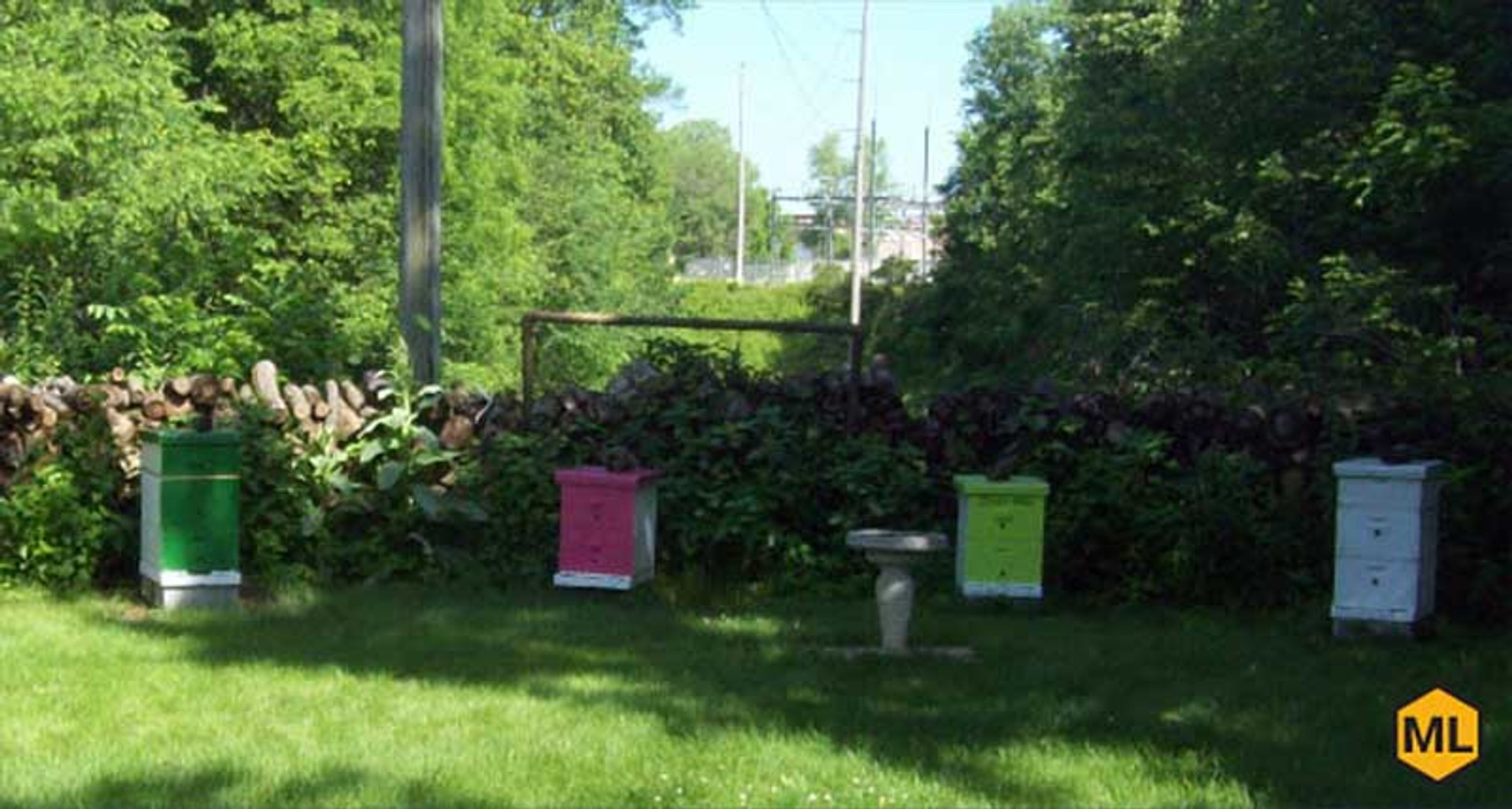How To Place Your Beehive In The Perfect Location
Beekeeping is a surprisingly accessible hobby. Many people think of beekeepers as living on massive farms far away from civilization, but the truth is that honey bees and their hives can thrive in a wide variety of environments.
Whether you’re on an open farm or in the middle of the big city, you’ll want to keep in mind a few factors when choosing a location for your hive. To ensure the success of your honey bees, use these tips for how to place your beehive in the perfect location.
Ease Of Access
When it comes to placing your beehive in the perfect location, you have to keep yourself in mind as much as your bees. You need to be able to easily access and maneuver around your hive.
Make sure there’s enough open space around the back of the hive for you to stand during hive inspections. You should also consider what harvest time is going to look like. When it’s time to collect honey from the hive, how far are you going to have to carry it?
Surroundings
As with any home, a honey bee hive will need a few necessities. Make sure your bees have a clean and safe water source nearby. Honey bees will travel up to a mile to forage, so don’t be too worried about them finding a good food source.
On the other hand, it’s never a bad idea to keep a bee-friendly garden. Finally, it’s important to consider the sun when placing your beehive. Sun exposure will keep the hive warm, but too much might overheat your bees in the middle of the day. Areas with partial shade or dappled sunlight are great compromises. Try to place your hive so that the entrance faces south or southeast.
This will allow the entire hive to get plenty of sunlight early in the morning, and your bees will get an early, productive start to their day.
Wind Barriers
If you don’t have a preexisting wind barrier in your yard—such as a row of bushes or a solid fence—try to make one so that your bees don’t have to deal with any harsh winter winds. Some beekeepers use hay bales, though this might not be the best solution if you frequently have mice in your yard or around your hives.
You can also build a privacy fence or make your own custom wind barrier out of any solid material. If you can only cover one side of the hive, make sure you place the wind barrier against the prevailing winds. You should also move the barrier a few feet back from the hive to prevent non-prevailing winds from hitting the opposite side and hitting back into the hive.
Hive Stands
Many beekeepers also use beehive stands to raise their hives off the ground. This heightens the security and durability of your hive. By raising your hive off the ground, you prevent rainwater and other moisture from seeping through the bottom board and into the hive.
You also keep the hive entrance further away from grass, which makes it less likely for pests to crawl inside. Additionally, a taller hive is easier to access, saving your back and shoulders as you work within and around your hive.
Choose a location that protects your bees the most to help keep your hives thriving all year round.

